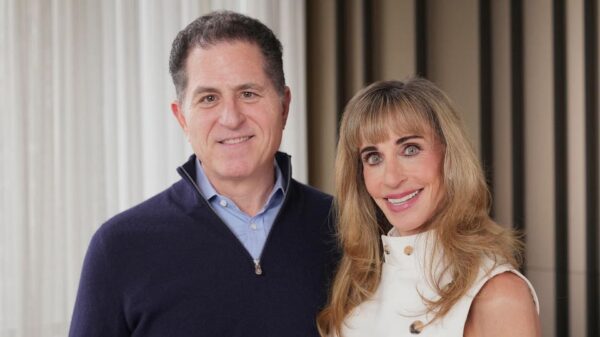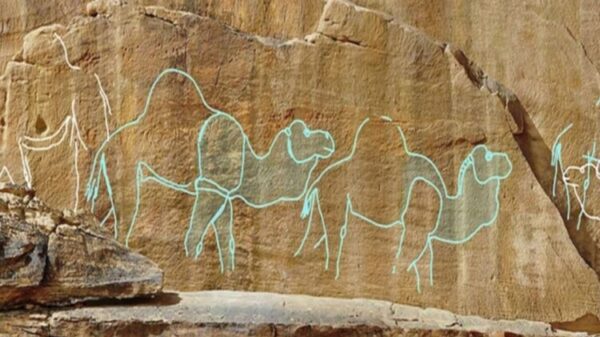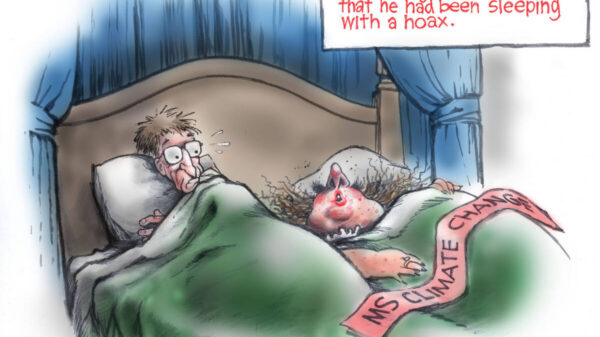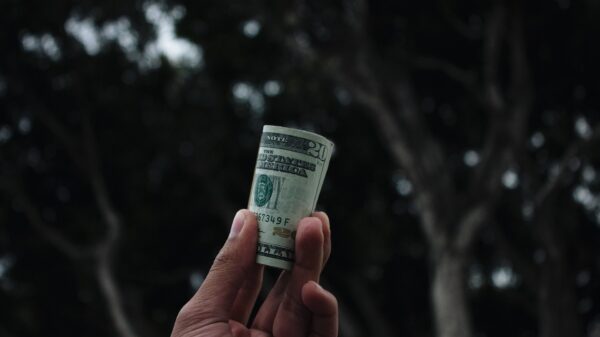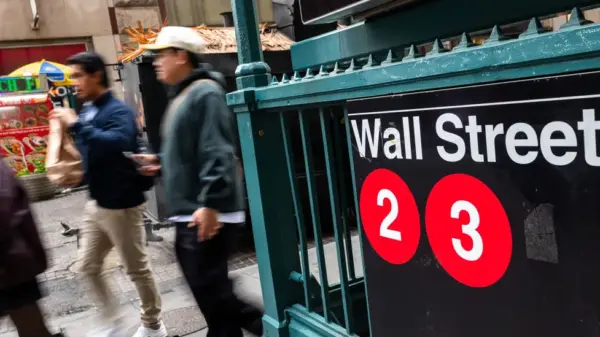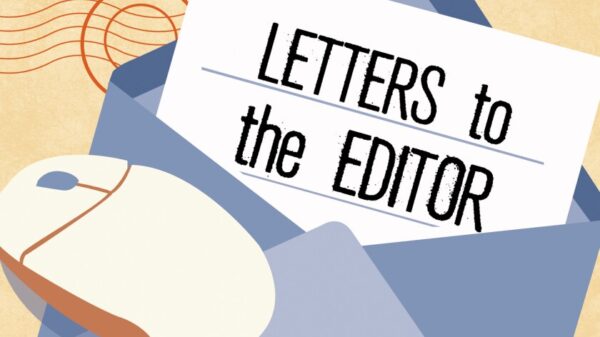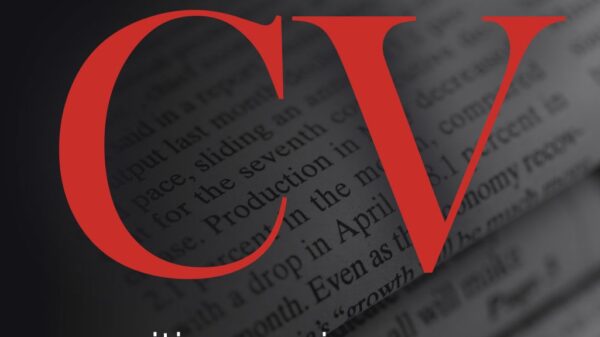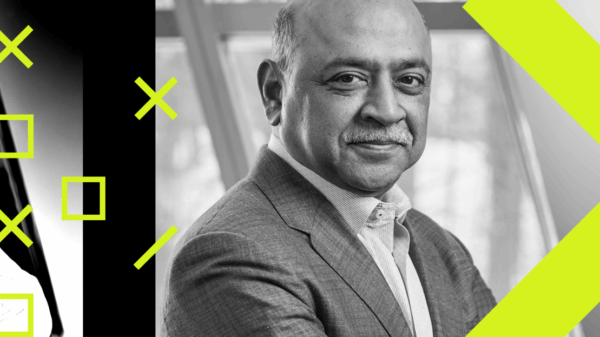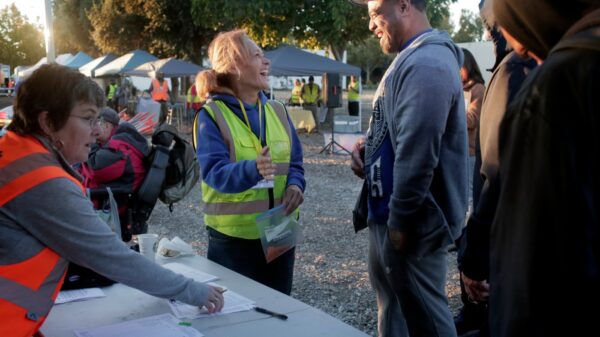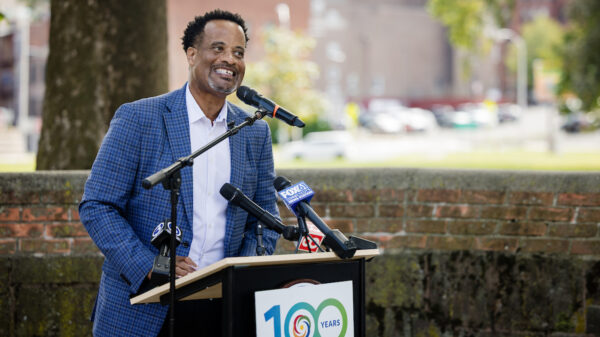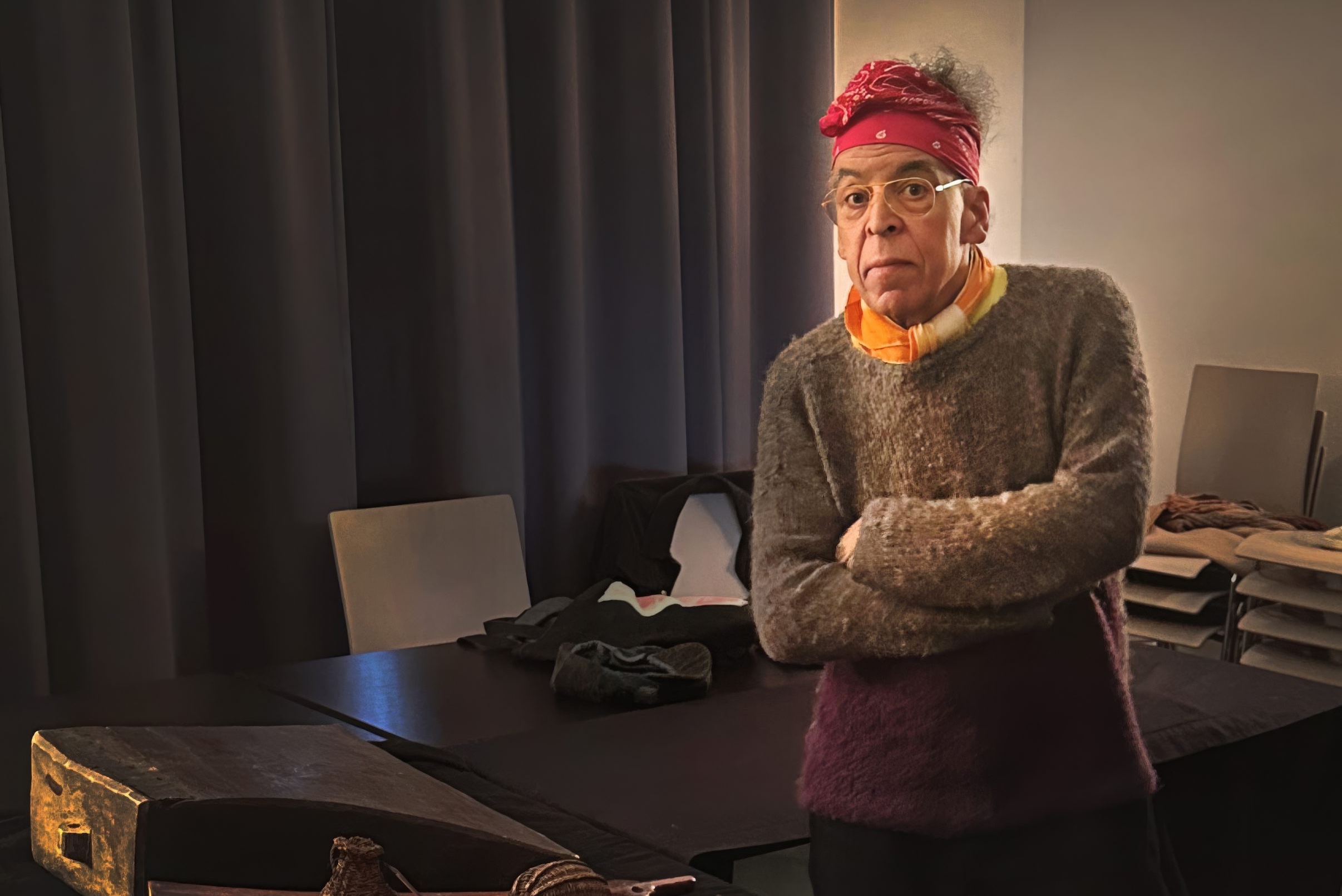In a groundbreaking initiative, artist and musician Satch Hoyt has been performing on African instruments at the MARKK Museum in Hamburg, Germany, aiming to “un-mute” collections often relegated to storage. This act not only highlights the cultural significance of these instruments but also serves as a call for their rightful use as tools for communication within African diasporic traditions.
During a recent session, museum staff gathered to witness Hoyt’s performance without the white archival gloves typically required for handling such artifacts. He began with a sanza, and the atmosphere shifted dramatically. “You could just feel the energy all of a sudden in the room,” he recalled. With the gloves removed, Hoyt felt a profound connection to the instrument, emphasizing the importance of sound in reactivating these cultural artifacts. “Somebody’s actually, finally returning it to its proper use,” he said, reflecting on the instruments’ dormant state.
Hoyt’s journey began in London in 1957, where he was influenced by a wave of Pan-African thought as former colonies achieved independence. His collaborations span various cultural figures, including First Nations artists in Australia and avant-garde musicians in New York. Today, he focuses on ancestral connections, choosing to record in museum basements rather than commercial studios.
The concept of “un-muting” first struck Hoyt in 2017 while examining wax cylinder recordings made by archaeologist Leo Frobenius. Unsatisfied with the static-filled audio, he envisioned a different approach. He believed that the instruments housed in ethnographic museums deserved to be played, not merely categorized as sculptures. “I’ve collected them over years, and they should be sounded,” he said.
Hoyt’s initial un-muting event took place at the Brucke Museum in Berlin in February 2022. Despite the rich history of the instruments, museum protocols often discourage touching or playing them. “Initially, it’s — you’re not supposed to touch,” Hoyt explained regarding the institutional stance. “They would like to see it as a research-based practice.” He argues that his extensive experience with these instruments legitimizes his practice, noting that many museums are surprised by the sounds produced when they are played.
Hoyt’s performances double as acts of what he terms “sonic restitution.” They highlight the need for a reconnection between communities and their intangible heritage. He argues that instruments, like any other art form, need to be experienced to maintain their integrity. “Instruments need to be played. If they’re not, they literally dry up,” he stated, questioning why such artifacts are kept on display without being utilized.
In 2023, after three years of negotiations, Hoyt gained access to the British Museum’s African instrument collection. The process required him to sign a waiver acknowledging potential health hazards from chemicals used in the instruments’ preservation. Despite the risks, Hoyt remains undeterred, understanding that museums often prioritize preservation over playability. He has noted instances where certain instruments seem to resist being played, suggesting a deeper spiritual connection that he respects.
Hoyt articulates the complexities surrounding these instruments, which include those used exclusively in specific cultural contexts, such as royal courts or for ancestral communication. His un-muting practice serves as a bridge to reconnect these artifacts with their original cultural meanings, allowing for a moment of revival that transcends time and space. “I just feel that I’m witnessing the eternity of it all,” he remarked.
Looking ahead, Hoyt plans additional un-muting sessions in the United States and at the Vatican. With an estimated 90% of Africa’s material heritage stored in Western institutions, his work offers a model for reclaiming lost cultural sounds. His current exhibition, Your Ears Later Will Know to Listen, is on display at Nottingham Contemporary in the United Kingdom until September 7, and he is scheduled to perform at the Afrosonica – Soundscapes exhibition at the Ethnographic Museum of Geneva on September 5.
Through his dedication to bringing these instruments back to life, Satch Hoyt not only challenges the status quo of museum practices but also enriches our understanding of cultural heritage.

